The three main KPIs for hotels are Average Daily Rate, Occupancy, and Revenue per Available Room. We talk about these until we are blue in the face. It’s typically assumed that everyone wants all three of these KPIs to be as high as possible. However, depending on the circumstances, there are times where occupancy targets may differ and strategies may need to adapt to protect the real target, profitability.
Occupancy rates determine the quantity of rooms sold but also impact the variable costs of hotels. Just as with room cost, there is a minimum dollar amount that going below it would actually cost the hotel money to run. With occupancy rates, that would be the lowest percentage of rooms sold that justifies keeping your staff.
Consider a property in a market where demand is heavily impacted by seasonality. In the summer months, when demand is high, you can increase your staff through summer internships or temporary employment, and these staff members have no expectation to stick around when the demand starts to wane. Then there are shoulder dates and ad hoc periods of demand throughout the year. These dates require you to maintain more than just a skeleton staff year round, but you may not be able to afford to keep them working if your occupancy rate drops below a reasonable amount. In order to ensure that there are guests to check in and rooms to clean so that you can maintain a healthy level of staff, you may want to reduce your rates through various channels to meet a minimum occupancy target.
When it comes to higher-end hotels, this can be the exact opposite. When booking a 5-star hotel, customers have certain expectations, and thus, the staffing requirements and variable costs of a 5-star property are much higher than an economy or midscale hotel. If, for example, a hotel needs to employ additional staff above an occupancy level of 80%, they may not want to exceed it. It is not unreasonable for luxury hotels to aim for lower occupancy levels at a higher ADR to be able to offer quality service without costs increasing to the point of lower profitability.
Finally, another issue many hotels are facing or have been facing over the past few years is simply a lack of staff. You may want to cap your occupancy to a certain percentage to be sure you are still offering quality service given the limitations of your staffing level. This is something that must be done with care. While many hoteliers may be inclined to increase the rates due to less rooms being available (the laws of supply and demand and what not), in a service industry like hours, this should be done with caution. The lack of supply is created almost artificially. Not because demand is high, not because the area is exclusive, but because there is not enough staff to offer quality service. As such, a customer paying an exceptionally high rate may not be as satisfied given the circumstances, which can negatively impact review scores, and have a lasting effect on the business.
When determining your hotel’s revenue management strategy, or when selecting an RMS, your hotel’s culture towards occupancy should be a deciding factor. Is your algorithm going to look at historical trends to try to maximize the occupancy of your hotel at any given date? Are you overselling your rooms? Are you telling your RMS what your occupancy targets are and ensuring that your rate strategy supports it? Are you able to control the nuance of why supply is low, and what that means for your business in the long run? If only it were as simple as targeting the highest possible number for ADR, Occupancy and revPAR… But where would the fun be in that?

